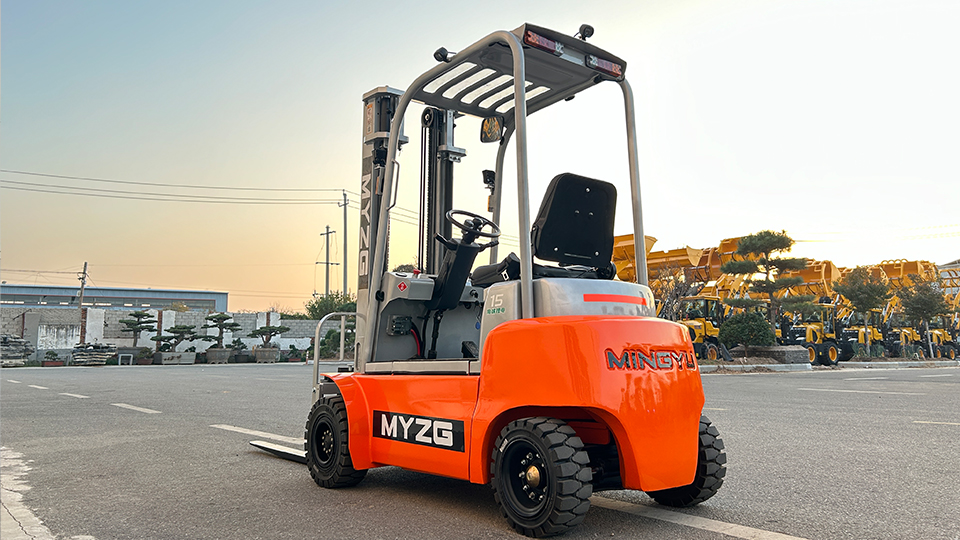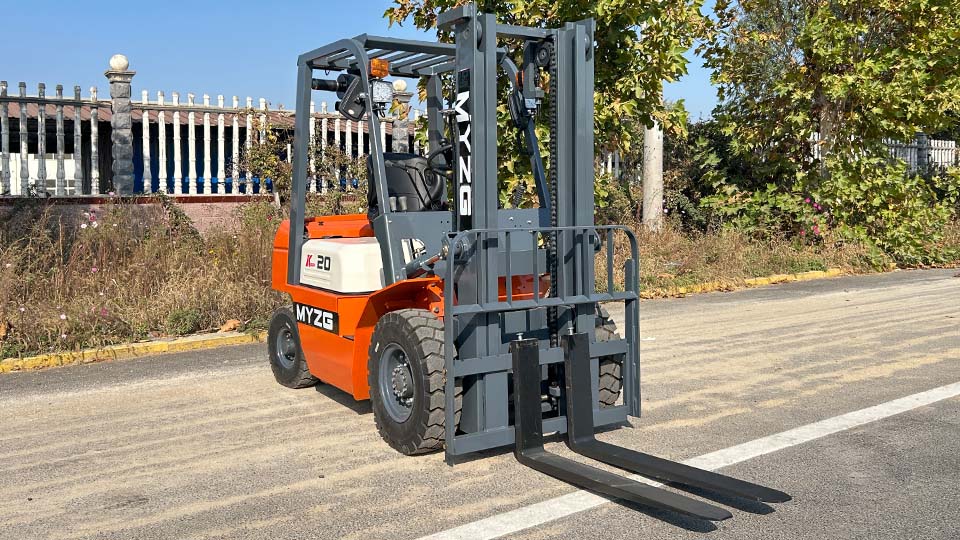
Introduction
In the world of material handling, forklifts are indispensable tools for lifting and moving heavy loads. However, to ensure safe and efficient operation, it is crucial to understand the concept of the load center. The load center is a fundamental aspect of forklift operation that affects stability, capacity, and safety. This article provides a comprehensive technical explanation of the load center in forklifts, its importance, and how to calculate and manage it effectively.
Understanding the Load Center
The load center, also known as the load center of gravity, is the distance from the face of the forks to the center of gravity of the load. This measurement is crucial because it directly affects the stability and lifting capacity of the forklift. Most forklifts are rated with a standard load center of 500 mm (or 24 inches in the United States), which is typically the middle of a standard pallet.
Why the Load Center Is Important
The load center is vital for several reasons:
Safety: If the load center exceeds the rated distance, the forklift is at risk of tipping forward, leading to accidents and injuries.
Efficiency: Understanding the load center helps operators use the forklift to its full potential without compromising safety.
Equipment Selection: Knowing the typical load centers for your operations aids in choosing the right forklift model for specific tasks.

The Relationship Between Capacity and Load Center
The effective lifting capacity of a forklift decreases as the load center increases. This relationship is detailed on the forklift’s load capacity chart, which operators should be familiar with. For example, a forklift rated for 3,000 kg at a 600 mm load center might only safely lift 2,500 kg if that load center increases to 700 mm. This decrease in capacity ensures that the forklift remains stable and safe during operation.
Calculating the Load Center
Calculating the load center involves understanding the dimensions of the load and how it is positioned on the forks. Here’s a step-by-step guide:
1. Measure the Load
Determine the dimensions of the load, particularly its depth and height. For example, a standard pallet measuring 1,200 mm in depth will have a load center of 600 mm.
2. Position the Load
Place the load on the forks so that the center of gravity is as close to the face of the forks as possible. This ensures maximum stability and lifting capacity.
3. Use the Load Capacity Chart
Refer to the forklift’s load capacity chart to determine the maximum safe load for the given load center. These charts account for different load centers and lifting heights.
Practical Tips for Forklift Operations
To ensure safe and efficient forklift operations, consider the following tips:
1. Load Assessment
Always check the weight and dimensions of loads before lifting. Many modern forklifts come with load weight indicators to assist operators.
2. Capacity Plates
Familiarize yourself with the forklift’s capacity plate, which provides crucial information about load capacities at different mast heights and load centers.
3. Attachments
Be aware that using attachments like sideshifters or clamps can affect both capacity and load center calculations.
4. Operator Training
Ensure all operators are well-trained in understanding these concepts. Comprehensive training programs are available to promote safe and efficient operations.
5. Regular Maintenance
Keep the forklift in top condition with regular maintenance to ensure it operates safely and efficiently.
The Stability Triangle
The stability triangle is a crucial concept in forklift operation. It helps operators understand how the forklift’s center of gravity shifts with different loads and lifting heights. Staying within the stability triangle ensures the forklift remains stable and safe.

Common Mistakes to Avoid
When dealing with the load center, several common mistakes can lead to accidents and equipment damage:
1. Overhanging Loads
Avoid loads that extend beyond the forks, as this shifts the center of gravity forward and reduces stability.
2. Unevenly Loaded Pallets
Ensure that loads are evenly distributed on pallets to maintain a consistent center of gravity.
3. Incorrect Attachments
Using the wrong attachments can shift the center of gravity and reduce the forklift’s effective capacity.
4. Ignoring Load Capacity Charts
Always refer to the load capacity chart to ensure the forklift is not overloaded for the given load center.
Conclusion
Understanding the load center in forklifts is essential for safe and efficient material handling. By knowing the load center, operators can maintain stability, prevent accidents, and maximize the forklift’s lifting capacity. Proper training, regular maintenance, and adherence to safety guidelines are crucial for ensuring a safe and productive work environment. Whether you are operating a forklift in a warehouse, construction site, or manufacturing facility, understanding the load center is a fundamental aspect of forklift operation
Name: selena
Mobile:+86-13176910558
Tel:+86-0535-2090977
Whatsapp:8613181602336
Email:vip@mingyuforklift.com
Add:Xiaqiu Town, Laizhou, Yantai City, Shandong Province, China